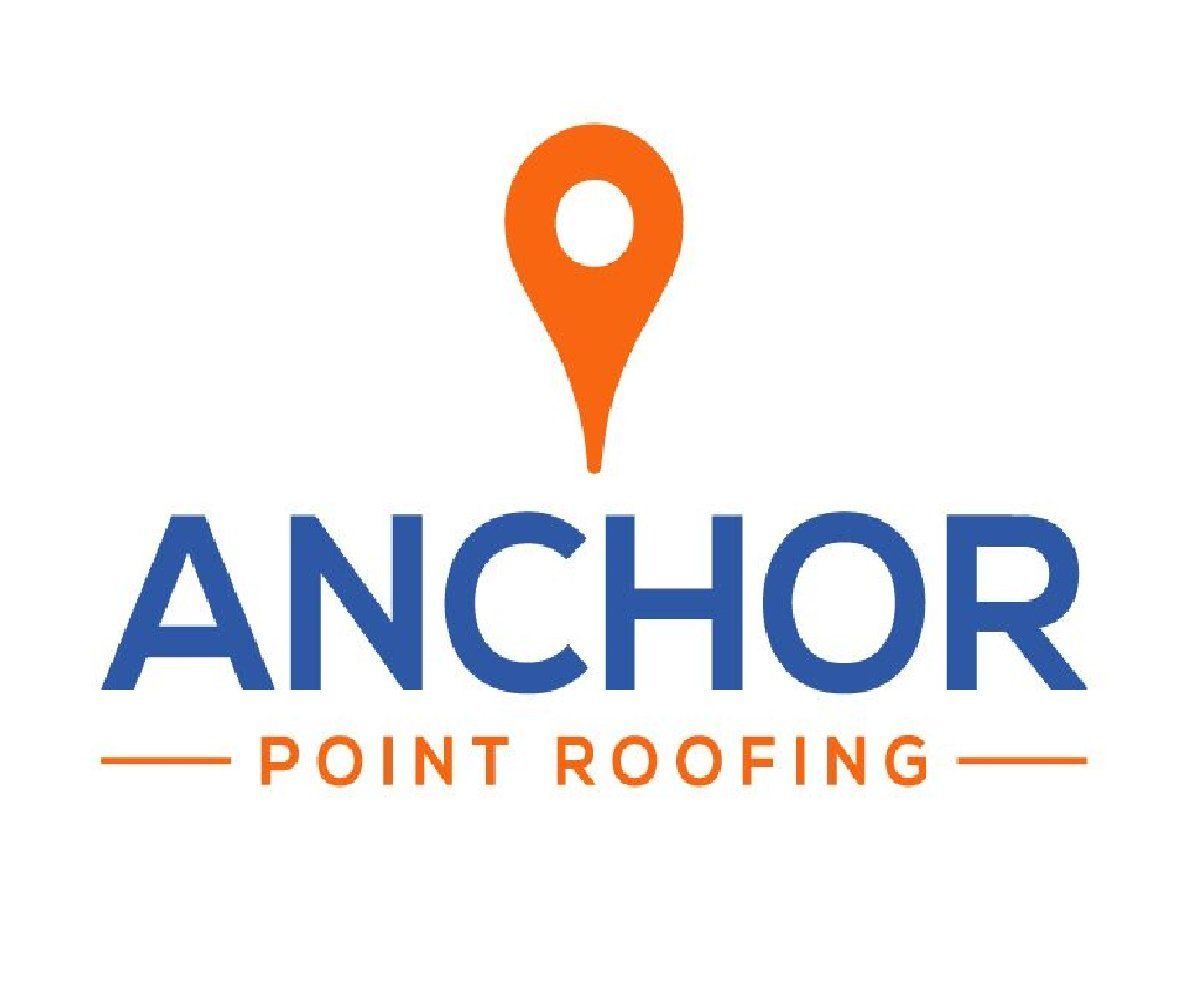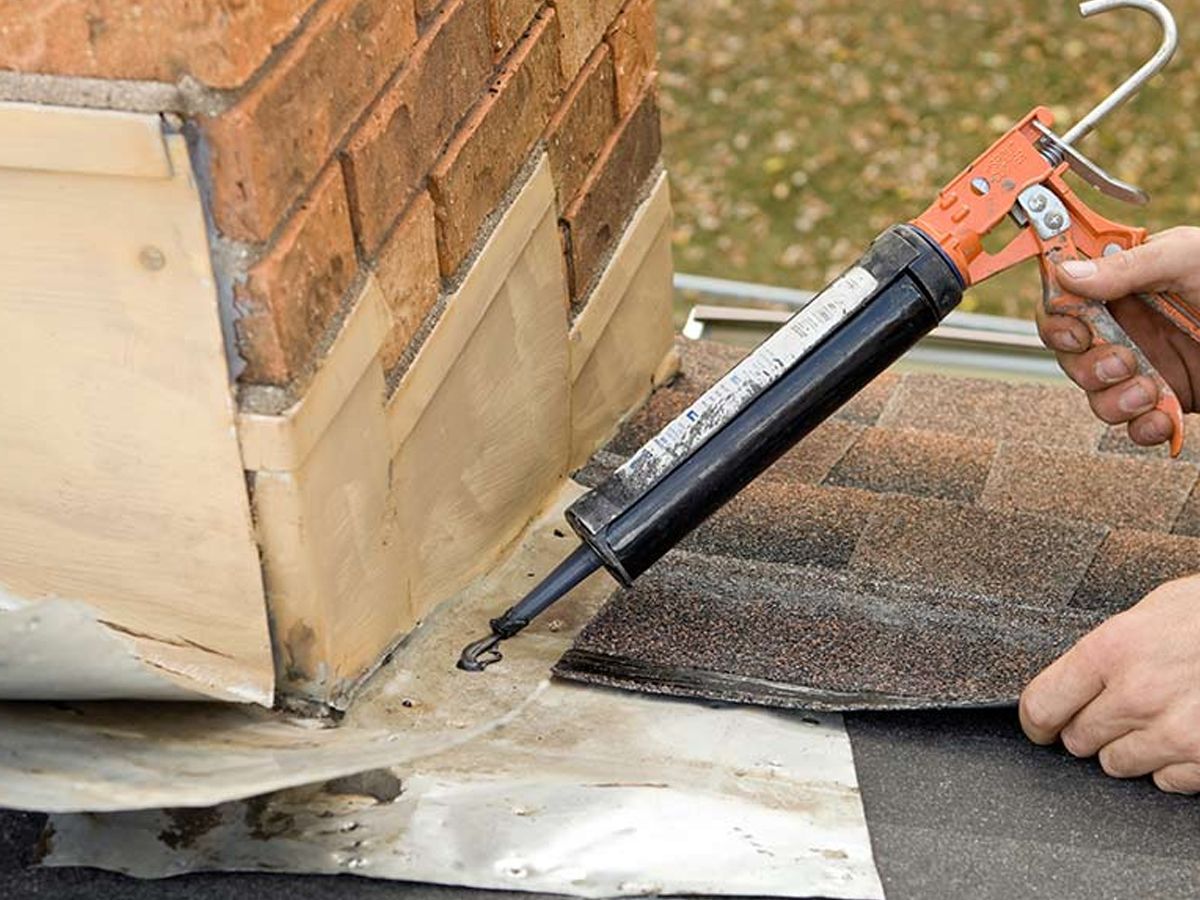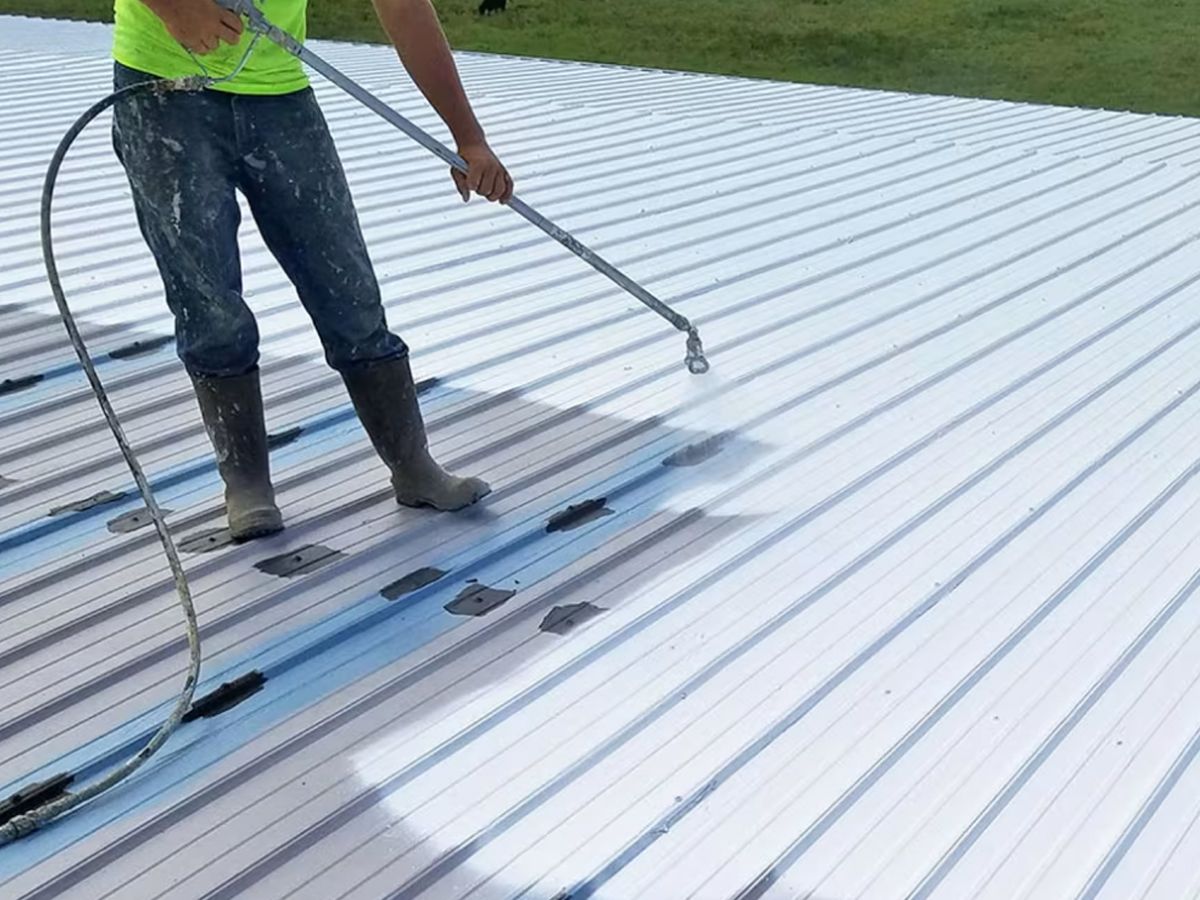About The Author
ANCHOR POINT ROOFING
When it comes to roofing, most homeowners focus on the visible aspects:
- Shingles
- Tiles
- Metal sheets
However, beneath those top layers lies a critical component that often goes unnoticed but plays a crucial role in protecting your home from the elements – roof underlayment. In this comprehensive guide, we will delve into what roof underlayment is, why it is important, signs that your underlayment might need replacement, various roof underlayment types, and the associated costs.
WHAT IS ROOF UNDERLAYMENT?

Roof underlayment, often simply called “underlayment,” is a protective layer installed beneath the outer roofing material (shingles, tiles, etc.) and the roof deck. It is a crucial element of any roofing system, serving multiple essential functions:
- Waterproofing: Underlayment acts as a waterproof barrier, preventing moisture, rain, and snow from infiltrating your home. It plays a pivotal role in keeping your attic and interiors dry.
- Temperature Regulation: It helps regulate temperature and moisture levels in your attic, which can significantly impact your home’s energy efficiency.
- Additional Protection: Underlayment adds an extra layer of protection against wind-driven rain, ice dams, and other weather-related challenges.
WHY IS ROOF UNDERLAYMENT IMPORTANT?
Understanding the significance of roof underlayment is crucial for homeowners. Here are some compelling reasons why it is a vital part of your roofing system:
LEAK PREVENTION:
Roof underlayment is the last line of defense against leaks. It ensures that even if your outer roofing material gets damaged, water won’t seep into your home.
PROLONGED ROOF LIFESPAN:
A well-installed underlayment can extend the lifespan of your roof by providing an additional layer of protection against the elements.
ENERGY EFFICIENCY:
Proper underlayment helps in regulating temperature and moisture levels, making your home more energy-efficient by reducing heating and cooling costs.
IMPROVED INDOOR COMFORT:
It contributes to better indoor comfort by preventing drafts and reducing humidity levels in your attic.
SIGNS YOUR ROOF UNDERLAYMENT MIGHT NEED REPLACEMENT
Like any component of your home, roof underlayment can deteriorate over time. Here are some signs that indicate it might be time for a replacement:
- Water Stains on Ceilings: Water stains on your ceilings are a clear indication of a roof leak. If your underlayment is compromised, it can lead to water infiltration.
- Increased Energy Bills: If your home suddenly becomes less energy-efficient, your underlayment may be damaged, leading to heat loss or moisture penetration.
- Curling or Buckling Shingles: When the underlayment fails, it can cause the shingles or other outer roofing materials to curl or buckle.
- Mold or Mildew Growth: Excessive moisture in your attic due to a damaged underlayment can lead to mold or mildew growth, which is harmful to your health and property.
5 DIFFERENT TYPES OF ROOF UNDERLAYMENT
The cost of fixing flat roof drainage issues varies depending on the extent of the problem and the chosen solutions. Here’s a rough breakdown of potential costs:
1. ASPHALT-SATURATED FELT:
This is one of the traditional underlayment materials made from organic or fiberglass material saturated with asphalt. It is commonly used in residential roofing due to its affordability and versatility.
2. SYNTHETIC UNDERLAYMENT:
Synthetic underlayment is gaining popularity due to its lightweight nature, high durability, and resistance to moisture. It offers better tear resistance compared to traditional felt underlayment.
3. RUBBERIZED ASPHALT UNDERLAYMENT:
This type of underlayment combines asphalt with rubber polymers, making it highly resistant to moisture. It is an excellent choice for areas with extreme weather conditions.
4. SELF-ADHERING MEMBRANES:
These underlayments have a peel-and-stick backing, making installation easier and more efficient. They are often used in low-slope or flat roofing applications.
5. RADIANT BARRIER UNDERLAYMENT:
Radiant barrier underlayment includes a reflective surface that helps to reduce heat transfer, making it an energy-efficient choice for warm climates.
THE COST TO INSTALL ROOF UNDERLAYMENT
The cost of installing roof underlayment can vary significantly depending on factors such as the type of underlayment, the size and slope of your roof, and your location. Here’s a general overview of the cost considerations:
TYPE OF UNDERLAYMENT:
As mentioned earlier, the type of underlayment you choose will impact the cost. Traditional asphalt-saturated felt is often the most budget-friendly option, while synthetic or rubberized underlayment tends to be more expensive.
ROOF SIZE:
The larger your roof, the more underlayment material you will need, which will increase the overall cost of installation.
ROOF SLOPE AND COMPLEXITY:
Steep or complex roof designs may require more labor and time to install underlayment, resulting in higher installation costs.
GEOGRAPHIC LOCATION:
Costs can vary based on your geographic location due to differences in labor rates, material availability, and local building codes.
PROFESSIONAL INSTALLATION:
While some homeowners might choose to install underlayment themselves, hiring a professional roofer is recommended to ensure proper installation and warranty coverage. Professional installation will come with additional labor costs.
As a rough estimate, the cost of underlayment installation can range from $1,000 to $3,000 for an average-sized residential roof. It’s essential to obtain quotes from reputable roofing contractors in your area to get a precise cost tailored to your specific project.
PROTECT YOUR ROOFING SYSTEM TODAY!

Roof underlayment may not be the most visible part of your roofing system, but it plays a critical role in protecting your home. While the cost of installation may vary, investing in high-quality underlayment is a wise decision that can save you money in the long run by prolonging the life of your roof and enhancing your home’s energy efficiency.
Contact Anchor Point Roofing to schedule a roof inspection, and learn about your underlayment material options!





